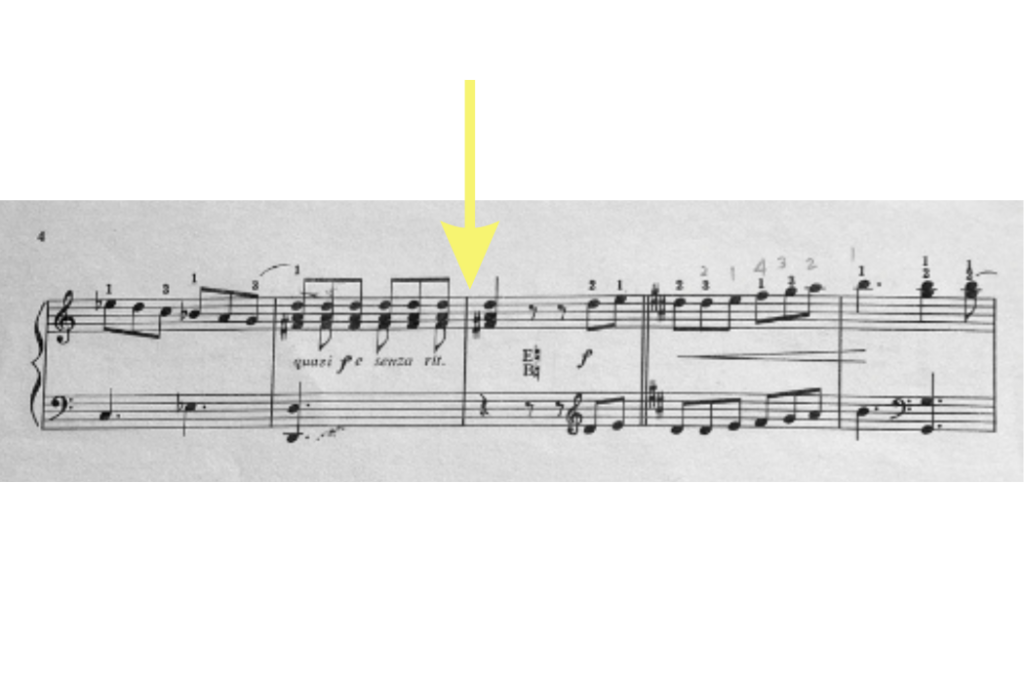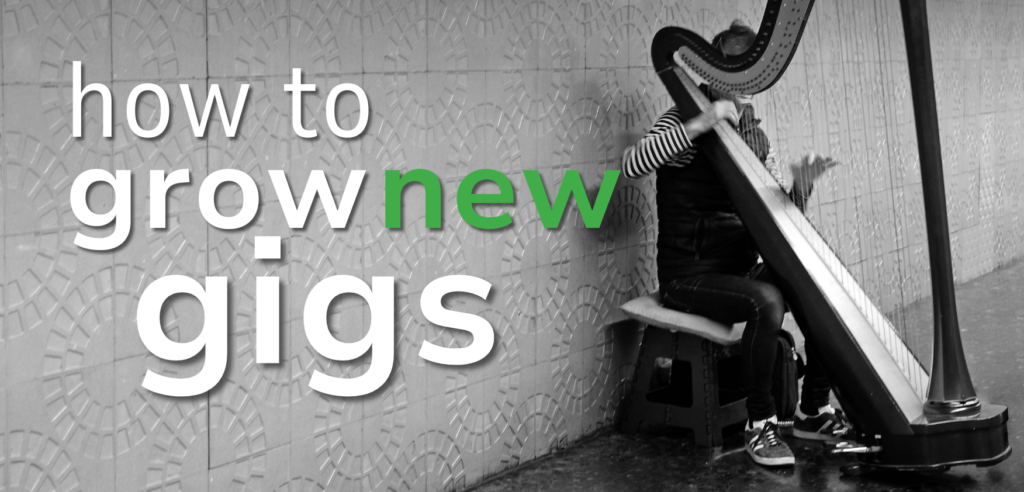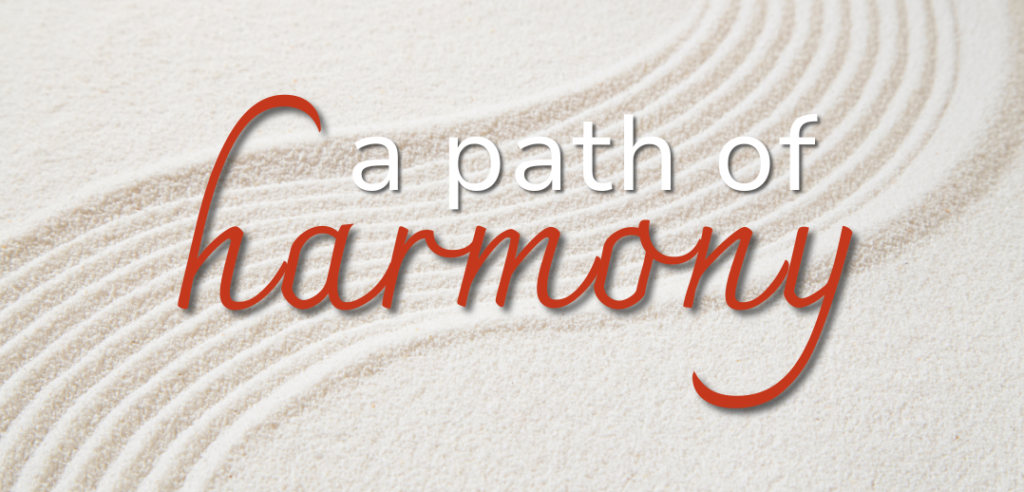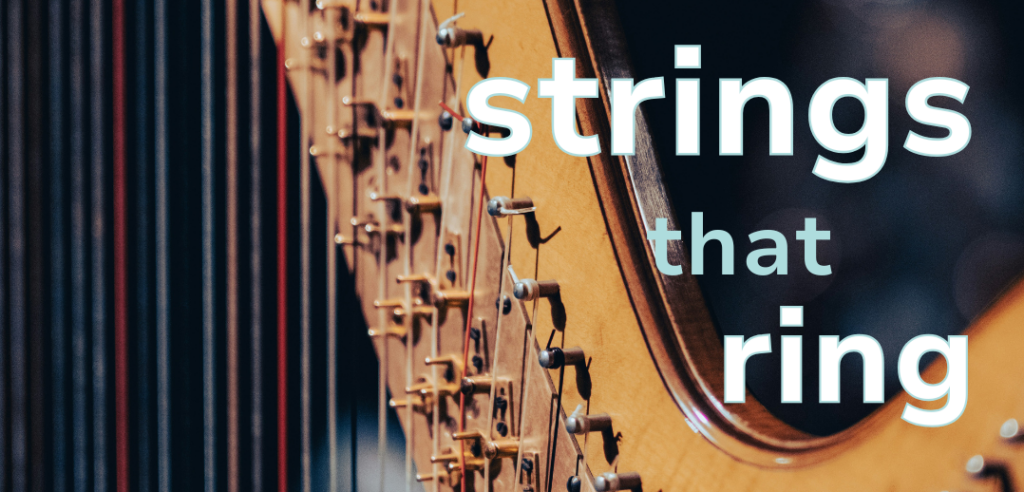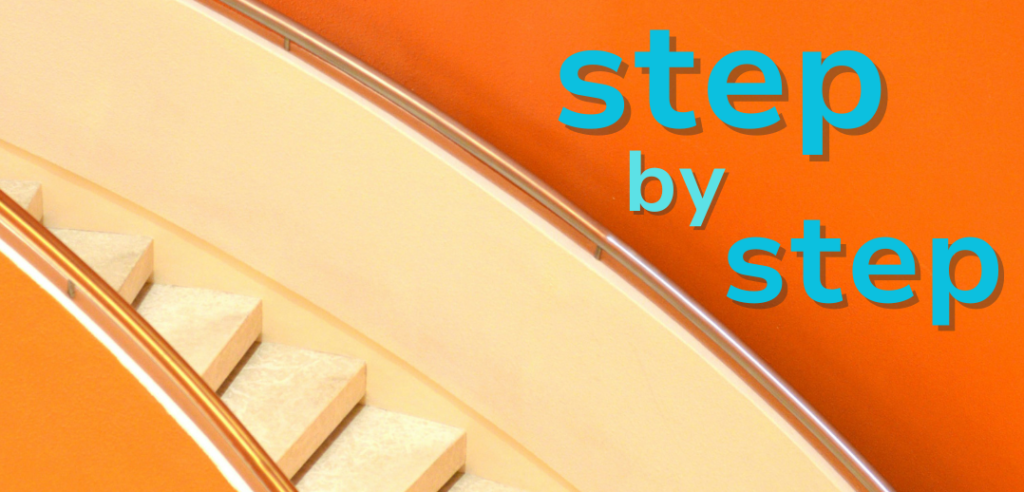Chromaticism and the harp are not really musical friends. Sure, the harp has its chromatic moments, and the development of the modern double-action pedal harp opened up more half-step possibilities, but the harp is still largely a diatonic instrument. And the lever harp? It’s almost exclusively thought of as a diatonic or modal instrument. However, with the evolution of lever technology and the creative solutions to chromatic conundrums sought out by some adventurous musicians, the lever harp is a legitimate player in this field.
My foray into chromatic music started with Paul Desmond’s jazz standard “Take 5,” made popular by the Dave Brubeck Quartet. I played the “A melody,” executing the bending pitch effect by plucking the B string, then quickly raising and lowering the lever to mimic the saxophone used in Brubeck’s original quartet. This technique was possible using Loveland levers—their easy action allowed me to glide smoothly through the lever changes. I would then pass the “B melody” to the cellist in my trio, as navigating the obstacle course of lever shifts required in this section was beyond my technical comfort.
The following year, I purchased a Camac DHC electric harp. The instrument had Camac levers, which I found easier to operate, and they made shifting more musical. Using Camac levers, I could play the “B melody” with my right hand and shift levers musically with my left hand.
Growing up playing mostly diatonic music on my lever harp—mostly Latin and world folk tunes—tackling chromatic works took some getting used to. Choosing to forgo pedal harp training in my undergraduate music studies, it wasn’t until I found Barbara Brundage’s Classics on Request Vol. 2 that I began exploring the chromatic range of the lever harp.
In addition, working with seasoned classical chamber colleagues inspired me to push beyond the harp’s diatonic limits. Their ease with chromaticism and encouragement led me to adapt chromatic chamber repertoire for the lever harp. I began devising my own tools to approach chromatic passages, refining my technique in graduate harp coursework at San Francisco State University.
During my studies, I adapted half a dozen works, including five of Scarlatti’s Baroque sonatas brought to my attention by Marcia Dickstein whose adaptations inspired my own, and pedal harpist Brandee Younger’s free jazz work, “Essence of Ruby.” My college teacher, Karen Gottlieb, was instrumental in helping me find new ways to artfully navigate chromatic passages, and Bay Area cellist Dan Reiter (who’s married to pedal harpist Natalie Cox) continues to offer inventive approaches to lever shifting.
As a way to help harpists interested in exploring or furthering studies of chromatic repertoire, I’ve devised five tips that I’ve found most useful when adapting and practicing chromatic repertoire.
Make a MAP
Using a lever road map to plan and remember where lever shifts occur takes the guess work out of a chromatic passage. I recommend incorporating road map building into your practice regimen. A road map ensures lever execution is practiced the same way every time, helping to build muscle memory.
Check out the lever road map for Scarlatti’s Sonata K. 511, measure 12, 13, and 17 (see ex. 1 below). Here the diamond-shaped note head with an accidental indicates the direction for the pitch shift. The vertical alignment instructs which string should be plucked simultaneously.

Slow your roll
Slow those clicks on your metronome, and reduce your practice tempo. It’s more important to cleanly and accurately shift levers than to play a passage at the written tempo. Once you master the shifts, gradually increase speed, or, if a slower tempo ensures cleaner and more accurate lever work, keep the passage at a slightly slower clip.
I start the final section from Pearl Chertok’s Beige Nocturne (see ex. 2 below) at a rubato tempo, which gives me a little extra space in the music. This approach allows ample time to execute simultaneous octave shifts while maintaining the sense of bliss in the melodic theme, played here using octaves.

Lighten lefty’s load
When navigating difficult chromatic passages, don’t be afraid to modify the left-hand part to decrease the duties of your lever-shifting hand. You can take bass notes with the right hand to free up left for lever work. Omitting bass clef notes is also an option. Once lever-shifting is mastered, you can always consider re-introducing some of those omitted left-hand notes, say beat one, or beats one and three.
Take a look at the opening measures of Chertok’s Beige Nocturne (see example 3). The left hand is constantly busy with straight sixteenth notes.
In this advanced adaptation (see example 4), the right hand takes two bass clef notes in measures 2 and 3, to free the left hand for lever work.
Dan Reiter’s suggestion for this intermediate version of Chertok’s opening measures (see example 5) omits the left-hand notes in beats 5 and 6, freeing the left hand to execute lever shifts. Clearly, there is usually more than one solution to navigating a tricky chromatic passage.

Buy time
Sometimes adapting means adding time to move levers. You can buy time by adding additional measures or using extended rolled or arpeggiated chords. In my adaptation of Mateo Albeniz’s, Sonata en Re, I add two measures when the music transitions from C major to D major (see measures 74–75 in example 6). This allows time for the key change while keeping the piece moving. The original score in example 7 shows where additional measures can be added to allow time to shift levers for the key change.
Another solution to navigating key changes is to play a big rolled or arpeggiated chord. Use the long decay time to change keys, as opposed to feeling rushed to move levers in a certain number of beats, (so-to-speak) as in example 8.

The key to success
Sometimes the solution to adapting a chromatic passage is as simple as moving the piece to a different key. Barbara Brundage, pedal harpist and author of the series, Classics on Request, says, “The first thing I do is to go through and look at the piece in terms of chromatic difficulties. Can they be resolved by transposing the piece? In a lot of instances, this works.”
I perform with two lever harps, which gives me access to all 12 major keys and corresponding minors without having to retune the instruments. If you don’t have access to two lever instruments, tuning your harp to A-flat gives you access to the most keys—eight in total. Take a look at the opening passage of Beige Nocturne transposed to F major (see example 9). Harps tuned in B-flat major (a standard lever harp tuning) can play the piece—no retuning or acrobatic lever feats required.

Brundage’s second point in adapting a chromatic piece is invaluable. “[N]ext is to see how well implied harmony can get me through. Do I absolutely need every accidental in every voice, or can I just use, say, a third-octave C-sharp and avoid having to also move fourth and fifth C?” Implied harmony minimizes the number of lever flips while keeping intact the tonal center the composer had in mind.
Sometimes you have to get by with a little help from your friends. I originally wrote the piece Symphonic Sketches in sonata form for solo piano, and measures 55–57 (see example 10), among other passages, were not viable on solo lever harp. I later adapted the music for chamber ensemble, splitting chromatic passages like measures 61–63, among trumpet, cello, and harp (see example 11).
These five tips are just a few ways you can adapt your favorite chromatic music to the lever harp. With a little creativity, flexibility, and practice, the musical possibilities are endless. •









